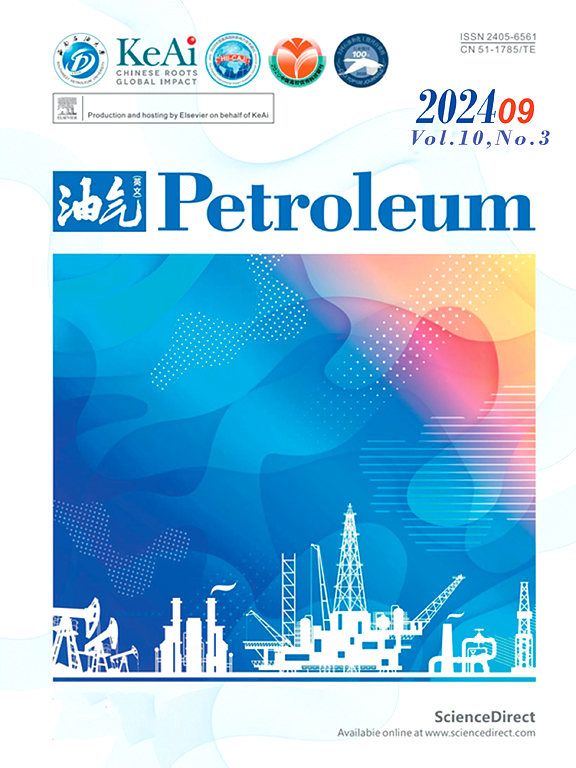Investigation of pore structure alteration and permeability enhancement of shale matrix by supercritical water treatment after hydraulic fracturing
Abstract
Shale gas reservoirs are unconventional tight gas reservoirs, in which horizontal wells and hydraulic fracturing are required to achieve commercial development. The fracture networks created by hydraulic fracturing can increase the drainage area extensively to enhance shale gas recovery. However, large volumes of fracturing fluid that is difficult to flow back to the surface and remained in the shale formation, will inevitably lead to damages of the shale formations and limit the effectiveness of stimulation. Supercritical water (SCW) treatment after hydraulic fracturing is a new method to enhance shale gas recovery by using appropriate heat treatment methods to the specific formation to convert the retained fracturing fluid into a supercritical state (at temperatures in excess of 373.946°C and pressures in excess of 22.064 MPa). An experiment was conducted to simulate the reaction between shale and SCW, and the capacity of SCW treatment to enhance the permeability of the shale was evaluated by measuring the response of the shale porosity and permeability on SCW treatment. The experimental results show that the shale porosity and permeability increase by 213.43% and 2198.37%, respectively. The pore structure alteration and permeability enhancement of the shale matrix were determined by analyzing the changes in pore structure and mineral composition after SCW treatment. The mechanisms that affect pore structure and mineral composition include oxidative catalysis decomposition of organic matters and reducing minerals, acid-catalyzed decomposition of carbonate minerals and feldspar minerals, hydrothermal catalysis induced fracture extension and cementation weakening induced fracture extension. SCW treatment converts harm into a benefit by reducing the intrusion of harmful substances into the shale formation, which will broaden the scope and scale of shale formation stimulation.

 求助内容:
求助内容: 应助结果提醒方式:
应助结果提醒方式:


